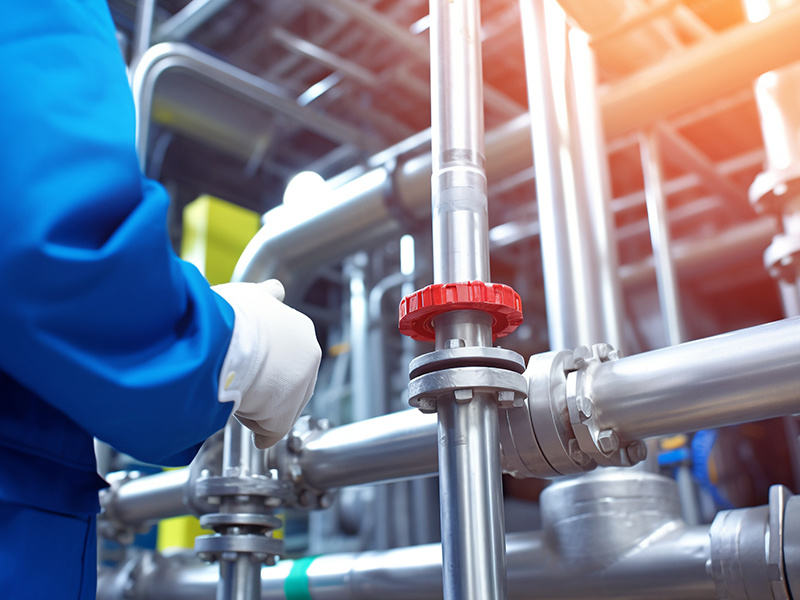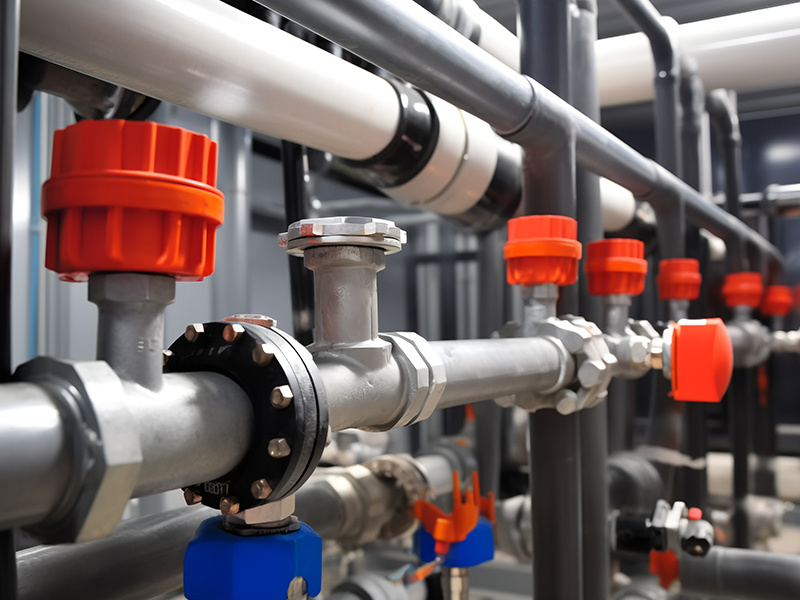Understanding the Role of Check Valves in Modern Systems
Release Time:
Jun 22,2025
Dive into the world of check valves, their functionalities, and why they're essential in various systems.
Check Valves: The Unsung Heroes
Hey there! Let’s talk about something that might not make the headlines, yet plays a pivotal role in countless systems we encounter daily: the check valve. You might not think about it, but these little devices are crucial for maintaining the integrity and efficiency of fluid systems.
What Exactly is a Check Valve?
Simply put, a check valve is a mechanical device that allows fluid (liquid or gas) to flow in one direction only. It’s like that diligent doorman at a fancy club, making sure that only the right guests get in. This one-way flow prevents backflow, which can be a significant issue in various systems.
Why Do We Need Them?
Now, you might be wondering, "Why not just let everything flow freely?" Well, here’s the kicker: many systems, such as plumbing, water treatment, and even HVAC, can suffer from backpressure. This backpressure can lead to contamination, damage, or even catastrophic failures, making check valves a necessity. Talk about a silent guardian!
Types of Check Valves
There are a couple of different types of check valves, and each has its own charm:
- Ball Check Valve: Uses a ball to block backflow. Simple yet effective!
- Swing Check Valve: Features a hinged disc that swings open and closed. Think of it like a door that only swings one way!
- Lift Check Valve: Works like a piston moving up and down. It’s a bit more complex but great for specific applications.
Where Are Check Valves Used?
From your kitchen sink to industrial systems, check valves are everywhere. Here’s a quick rundown:
- Plumbing Systems: Prevents backflow and ensures clean water supply.
- Oil and Gas Industries: Keeps systems running smoothly by preventing unwanted flow.
- Aquaculture: Helps in maintaining water quality by preventing backflow in tanks.
- Fire Protection Systems: Ensures that water flows in the right direction during emergencies.
The Future of Check Valves
As technology advances, so does the design of check valves. Smart valves with sensors and automated systems are on the rise, allowing for real-time monitoring and control. It’s fascinating to see how these little devices are evolving to meet modern demands!
DIY Maintenance Tips
Thinking about maintaining your own check valves? Here are a few quick tips:
- Regularly inspect for wear and tear.
- Make sure they’re installed correctly; even a slight misalignment can lead to issues.
- Keep the area around the valve clean and free of debris.
In Conclusion
So there you have it! The check valve, a small but mighty component, is essential for keeping our systems safe and efficient. Next time you turn on a tap or enjoy a warm shower, you might just think of that hardworking little valve doing its job behind the scenes. Cheers to the unsung heroes of fluid dynamics!





